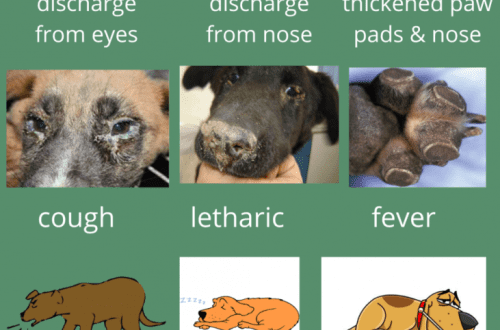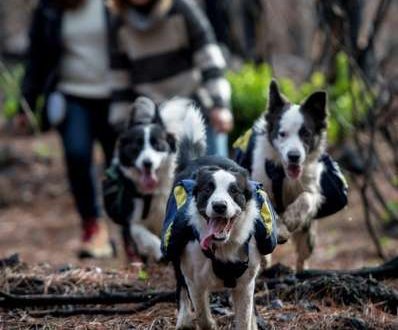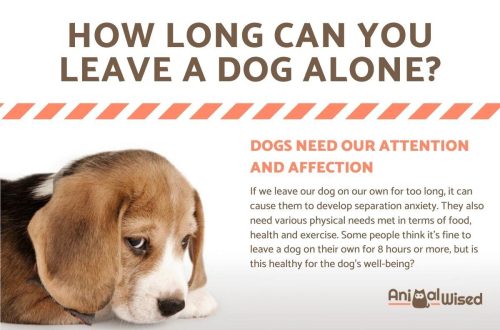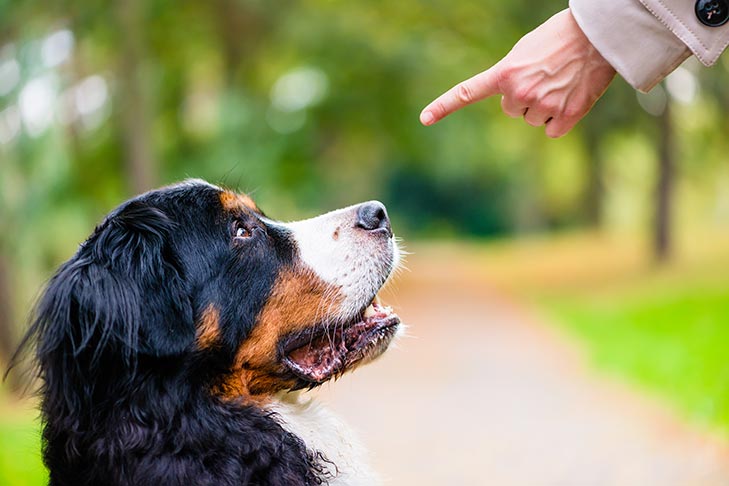
dog training mistakes
We are all human, and humans make mistakes. And when training dogs, mistakes also happen. But it is important to notice them in time and correct them. What are the most common mistakes in dog training and how to fix them?
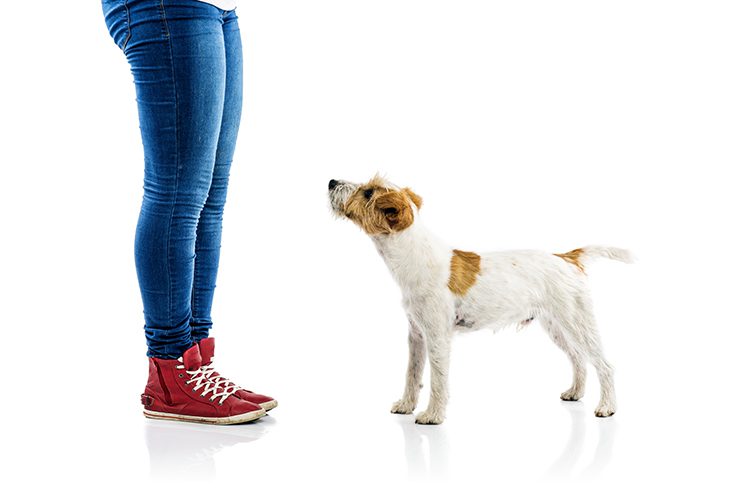
Photo: www.pxhere.com
Contents
The main mistakes in dog training
- Everything is too complicated. At the beginning of dog training, it is very difficult to follow the whole process, first of all, for yourself. And sometimes it seems that nothing comes out. There is a way out: break the task into simple steps, both for yourself and for the dog. That’s okay – you’re learning too. And if we believe that we need to give the dog time and not demand the impossible, we should apply the same principle to ourselves. Move step by step and you’ll be fine.
- Improper timing and unintentional learning. Make sure to praise the dog or click the clicker exactly when the dog is doing what you want. It is important NOT to give a marker of the correct behavior at the moment when the dog does something you do not need. If you praise the dog or click the clicker too soon or too late, the dog will not learn the correct action.
- Distance selected incorrectly. You may have started working at too short or too far a distance from the stimulus, or closing it too quickly. Remember the 9/10 rule: you can only move on to the next step when, nine times out of ten, the dog reacts to the stimulus completely calmly.
- Conditional reinforcement not working. Don’t use a conditioned reinforcer to get attention and always follow up with whatever the dog wants at that moment. If the dog does not respond to the verbal marker or the click of the clicker, then either the reaction to the praise is not formed (the dog simply does not know that it is being praised), or you are doing something wrong.
- Wrong reinforcements selected. The dog should get what she wants “here and now.” If what you are offering cannot satisfy or compete with current motivation (for example, fear is stronger than a treat, or maybe your dog wants to play instead of eat right now) or the treat is not tasty enough, it will not be a reinforcer for the dog.
- Inconsistency. If today you teach a dog to walk on a slack leash, and tomorrow you run after it where it pulls, the pet will not learn to behave correctly. Decide for yourself: you are working on a problem, organizing the dog’s environment so that the problem does not manifest itself, or you do not require the dog to behave in the way you think is right. Do not expect the problem to resolve itself – this is beyond the dog’s understanding.
- Excessive requirements. Make tasks easier and steps even shorter. It may be worth increasing the distance to the irritant, choosing a tastier treat, or working in a calmer environment.
- Lesson too long. When a dog gets tired, he loses his enthusiasm. Remember: a little bit of good, and you need to complete the lesson at the moment when the dog is still passionate, and not according to the principle “well, here’s the last time.” And if the dog demands “continuation of the banquet” – so much the better, anticipation will make the next lesson more effective.
- Unpredictable host responses. If you act on the principle of positive reinforcement today and use harsh training methods tomorrow, the dog is lost, unable to predict whether he will be actively praised or punished.
- Poor dog health. Watch your pet carefully and do not insist on training if he is not feeling well.
- Misunderstood the need (motivation) of the dog. If you do not understand what your dog wants “here and now”, you will not be able to properly organize the training process. Observe the dog and learn to understand if he is calm or tense, scared or irritated, wants to play or prefers calm exercises?
How can you strengthen contact with the dog and believe in yourself?
There are simple exercises that help the owner to believe in himself and strengthen the bond with the dog. So, training will become more effective.
- Games. The price of a mistake in the game is small, we do not risk anything, which means that the tension drops and the dog and I just enjoy the process.
- Exercises “eye to eye” (visual contact of the dog and the owner).
- Games by the rules.
- Call games.
- Trick training.
- Reinforce any dog action you like. This changes the atmosphere of the relationship, if it is tense, and gives a result.
- Encouragement of any manifestations of calm behavior of the dog. This reduces the overall level of anxiety – both yours and your pet’s.
- Intellectual games (including together with the owner).
- Search games.
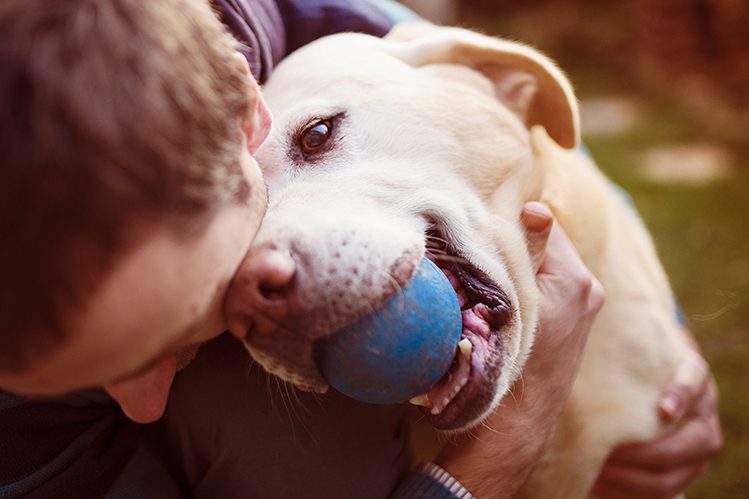
Photo: maxpixel.net
Remember that both people and dogs have their own talents and characteristics, some things are easier, and some are harder. If you make a mistake, try not to be angry with yourself or the dog.
Think of training as a game or an adventure and remember that even super pros make mistakes – it is important to understand where you went wrong, smile, correct the mistake and move on.



